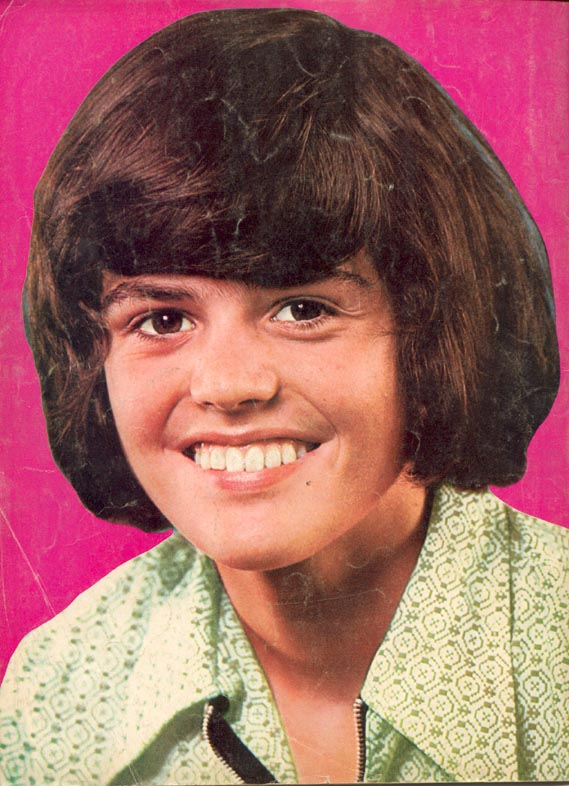 I spoke to a few digital marketing people at Sony this week about Twitter. How it works and how it is being used by celebrities and music artists in particular. It got me thinking about how fanmail has changed and the potential implications for pop stars.
I spoke to a few digital marketing people at Sony this week about Twitter. How it works and how it is being used by celebrities and music artists in particular. It got me thinking about how fanmail has changed and the potential implications for pop stars.
When I was growing up in the 1970/80s a fan letter to a pop star was something that took a lot of time and effort.
First of all you had to have an idea of where to send it. If the address of the record company wasn’t on the sleeve such research would probably involve a trip to the library. Next you would probably need to hand write the letter. Then put it in an envelope, walk to the Post Office, buy a stamp and put it in the mail. Then wait…and wait…and wait…and wait some more.
If you were really lucky then perhaps, after what would seem like an inordinate amount of time later, you would get a two line letter back from some faceless person saying thank you for your letter to XXXX. Please find enclosed a picture of XXXX or something similar.
The sender would be over the moon and would probably dine out on this story in the schoolyard for weeks – their friends clamouring to see a glimpse of the picture. Oh and of course i you were really lucky it would be a SIGNED picture – WOW!
Now fast forward to February 2009 and I am an up and coming artist using MySpace and Facebook to connect with my fans and build up a community around my music. I am able to publish new material, announce things like new tour dates in advance and give them an insight into what I am up to. Fans can chat to each other and build their own networks based on their shared interest in my music. That schoolyard has got a lot bigger.
However if a fan writes on my Facebook wall they probably accept that it is more of a promotional tool rather than me personally and might more readily accept that I won’t be responding individually to everyone. In a sense the site itself is a 21st century multimedia version of the standard picture fans got in response to their 1970s letters.
But a true fan still wants a SIGNED one. Something personal just for them. Now let’s say the artist joins Twitter. Its easy for them to do (assuming their name is available), after all they only have to type up to 140 characters a few times a day maybe, and all from their mobile. Not a great deal of time to invest. Next thing they know they have 5,000 followers, then 10,000. The artist themselves only follows a handful of fellow music industry people and their “real” friends.
Then those followers start @ing them like crazy. Because the difference to the 1970s is that now the fans’ required investment is really low as well. It takes them seconds to @XXXX from their own phone and they know it goes to XXXX directly. Suddenly in this world fanmail goes through the roof. What do they do? Ignore them? But that might lead to some really upset fans. Respond to every tweet? Very time consuming. Delegate responding to someone else? Yeah but now it’s not authentic and will the fans respond badly to this?
It’s all too soon to tell. But what one can see is that in the 1970s the volume and expectations of fanmail were low as it took a lot of time to send a letter and it was to someone so remote that any response was fantastic.
On Twitter the potential for volume and expectations to be high are real and artists need to consider the potential issues around this before diving into this exciting new world.